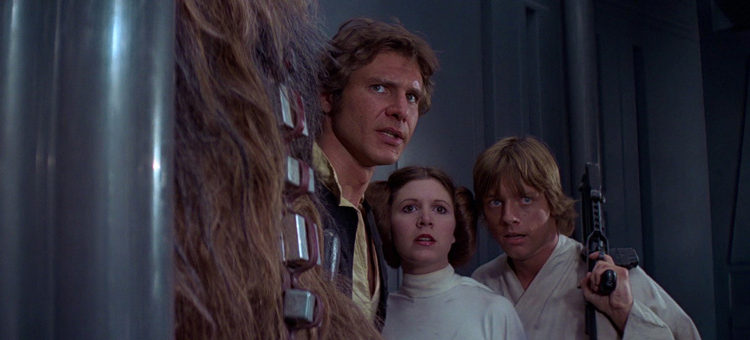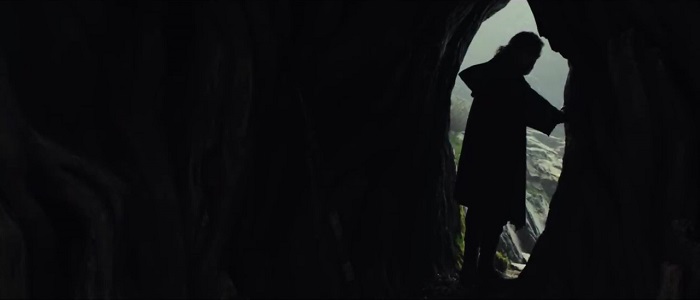Thirty-six years ago, a movie cut from the image of its protagonists—together again, alive, smiling, and dancing—under the wavering torchlight of hundreds of bonfires and surrounded by the celebratory revel of a hundred sentient bear-creatures to a shout of familiar end credits music and blue lettering.
And, with that, the Star Wars movies were over.
Done.
There was never going to be another Star Wars movie again. The heroes had suffered but had triumphed. It seemed that good had conquered and even converted evil. Two characters were in love and another had found his place in the universe. Nobody was dead except the bad guys, and even then, one of them had redeemed himself in the process. The audience was satisfied and dissatisfied in equal measure. Everything was as it should be.
We had attained as close to a happily-ever-after as we, and the characters, could hope for.
Thirty-six years and five more saga films later, that’s not the case.
Read More


